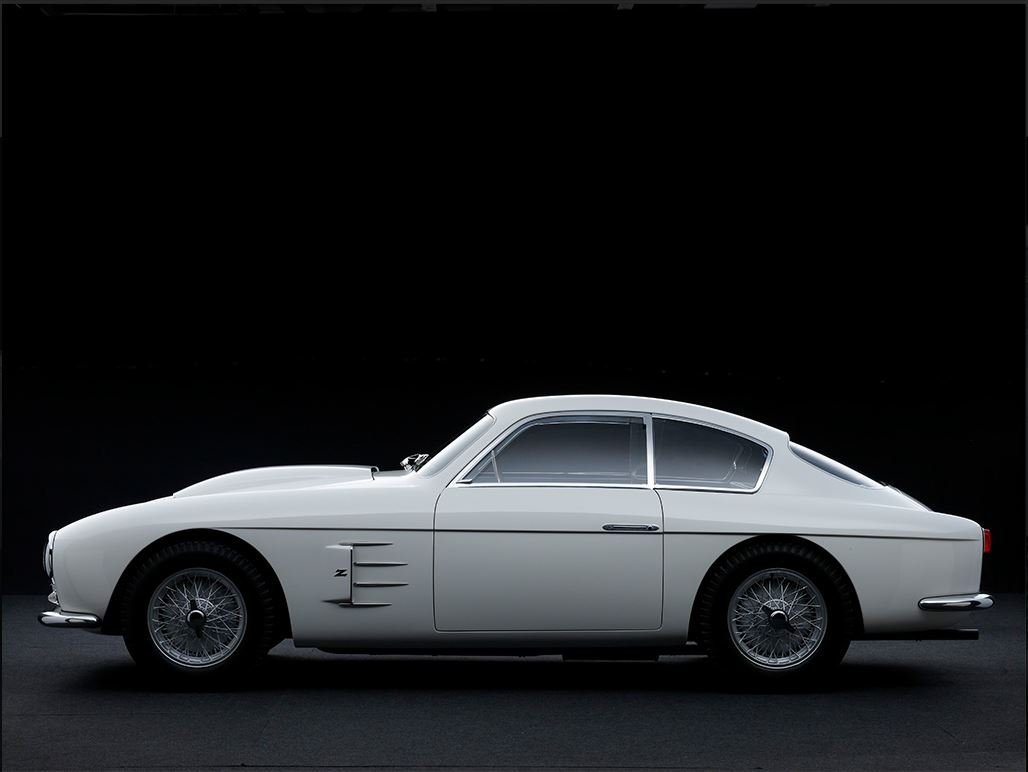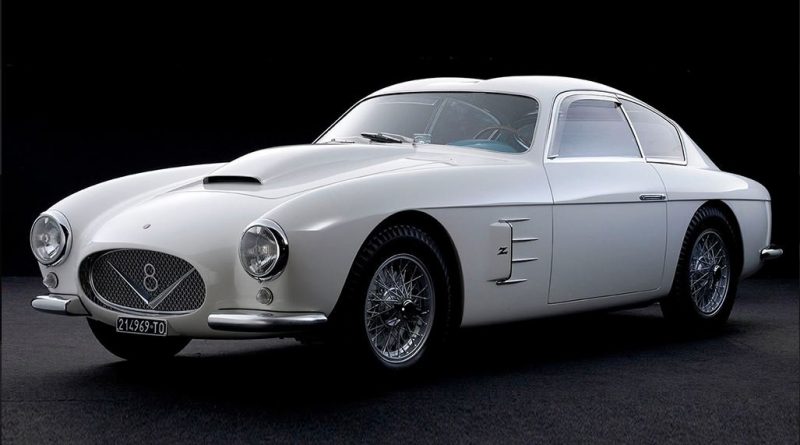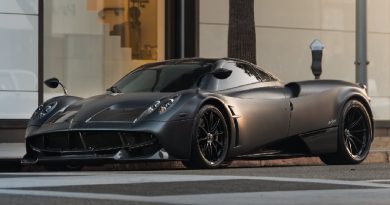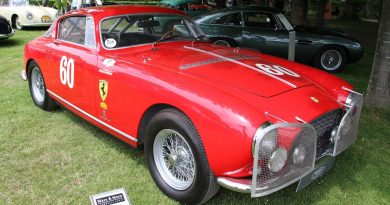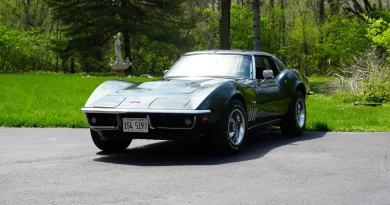1953 Fiat 8V Zagato
Fiat’s first, and only, V8 engine debuted at the 1952 Geneva Auto Show powering a sleek two-seater intended to dominate Ferrari, Maserati and Lancia in two-liter sports-car racing.
The car was designated the 8V, or Otto Vu in Italian, because Fiat had mistakenly thought that Ford held a trademark on V8.

Called Elaboratas because Zagato “elaborated” on what was done by Fiat, they distinguished themselves in racing competition and by being the first cars to bear the iconic Zagato double-bubble roof, intended to add rigidity and also allow headroom for racing helmets.

The new alloy body included an oversized hood scoop, side vents, curvaceous bumpers, and Zagato’s signature double bubble roof. In preparation for the 8th Rallye del Sestriere, the car was sent again to the Fiat Racing Department, which overhauled the engine and transmission and added an altimeter, lightweight seats, a new dashboard, and alloy replacements for many steel components.
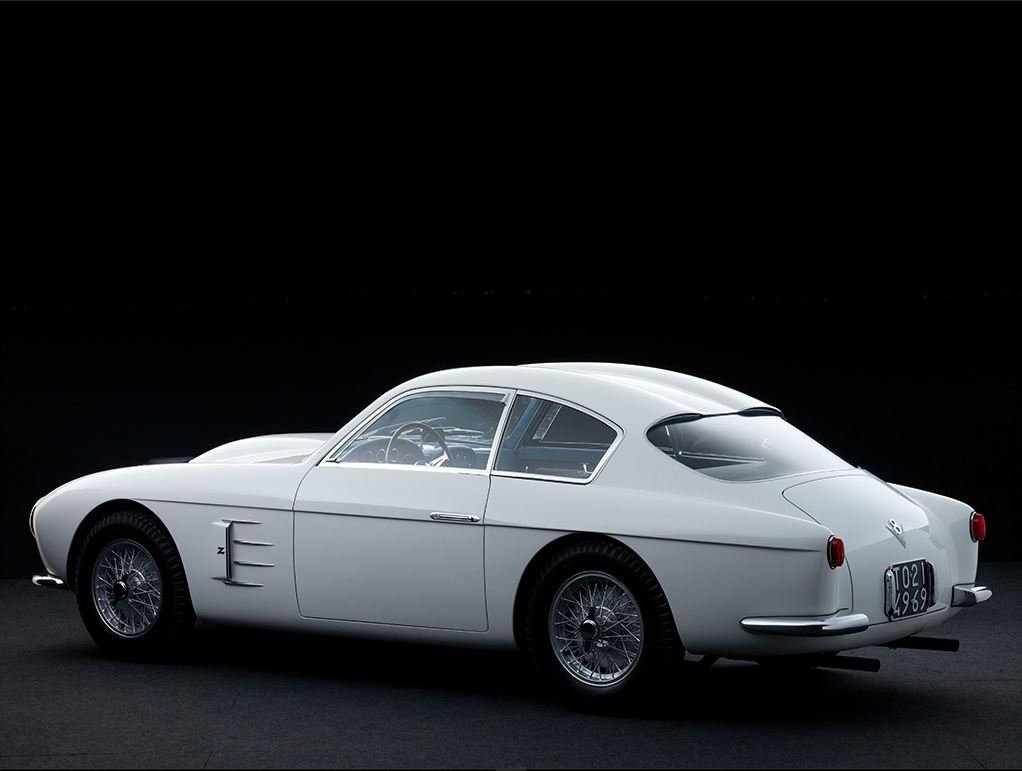
The green-painted dash presents a classic array of toggle switches and knobs. An oval-shaped instrument panel is dominated by a speedometer and tach that read upward in opposing directions.
A slight pull of the knob that activates the fuel pumps, followed by an equally gentle twist of the ignition key brings the V8 to life. Ease on the throttle for a slow but smooth getaway, then add force as power builds from 3,000 to 6,000 rpm.
The steering feels vague on-center but, as the independent rear suspension plants itself in the corners, becomes very communicative to maintain handling balance. The drum brakes, like the suspension, quickly build your confidence. Exotic but no diva, the Elaborata is a well-mannered “momentum” machine that loves to charge through corners with the revs up.
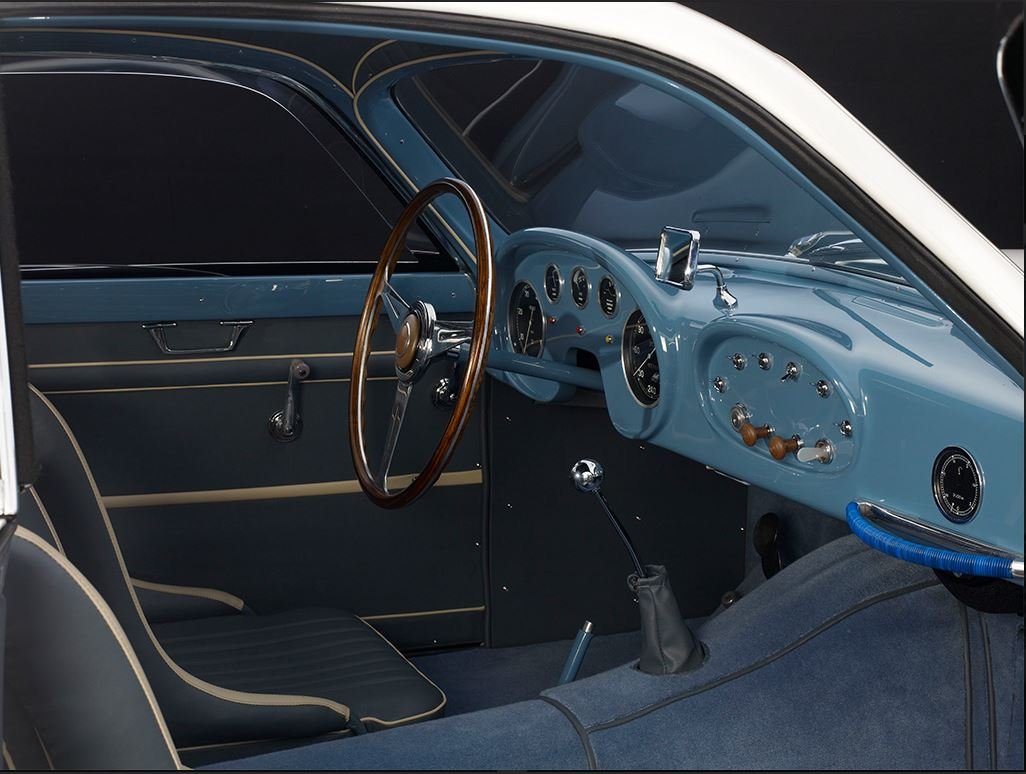
Especially the Zagato 8Vs, which benefited from additional engine tuning and feather light bodies were highly successful in the Italian Championship. Highlights of the fine handling car’s lengthy career included clinching the 1954 Championship and winning its class in the 1957 and final Mille Miglia. With only 114 examples built in total and a relatively brief racing career, the 8V is a little known Italian masterpiece. It remains as the only Fiat ever to be powered by a V8 engine and embodies Fiat’s brief spell of racing success.
